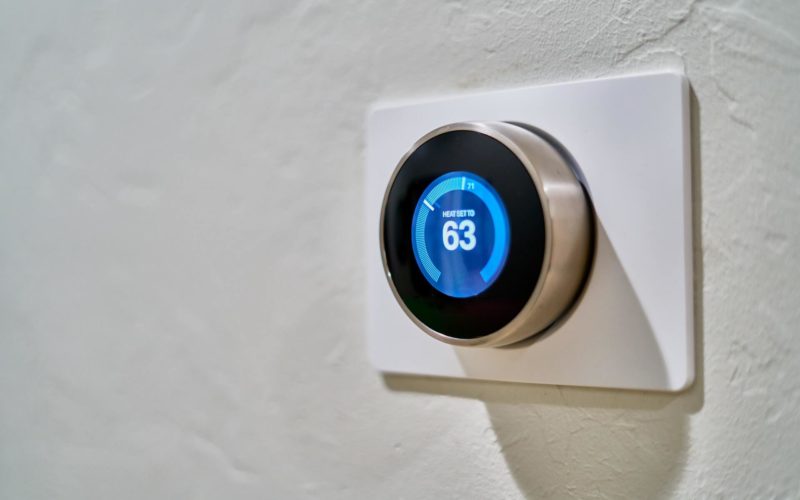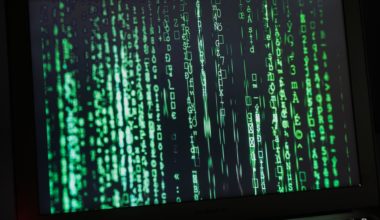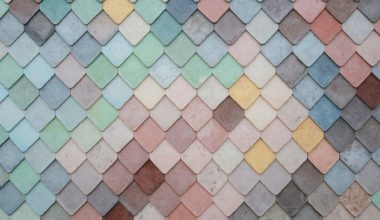Internet of Things technology (Iot) is transforming our daily lives. From our homes to our workplaces, IoT is present in almost every aspect of our lives. In this article, we will explore what the Internet of Things is, How it works and how it is changing the way we live.
What is the Internet of Things?
The Internet of Things is a technology that has revolutionized the world of connectivity and communication. IoT refers to the Interconnection of everyday objects to the Internet and each other, allowing them to send and receive data. This includes everything from appliances, Personal electronic devices and sports equipment to lighting systems, Environmental sensors and safety devices.
The central idea of IoT is to connect everyday objects to the internet, allowing them to be more efficient, useful and adaptable to the needs of the user. This is achieved through sensors, Wireless networks and algorithms that allow objects to communicate with each other and with other devices over the Internet. With the connectivity of these devices, Data can be collected and analyzed to make informed decisions and automate daily tasks. The result is a smarter, more automated experience that allows us to be more connected and make better use of resources..
How does the Internet of Things work??
IoT relies on the use of sensors and smart devices that can collect data from their environment and transmit it to other connected devices via wireless networks, such as Wi-Fi or Bluetooth. These devices can also receive information from other devices and perform actions based on the data received..
For example, A smart thermostat can detect a room's temperature and automatically adjust heating or air conditioning accordingly.. A connected car can send information about your location, Speed and performance to other connected devices in real time, allowing drivers to make informed decisions about their route and vehicle safety.
IoT can also be integrated with other technologies, such as data analysis, Machine learning and artificial intelligence, to better process and understand information collected by connected devices. This enables intelligent systems to make real-time decisions and deliver automated solutions to users..
Everyday applications of the Internet of Things
The Internet of Things has become increasingly present in our daily lives, with a variety of connected devices offering a wide range of applications and benefits. Here are some examples of how IoT is being used in our daily lives.:
- Smart Home: Home automation is one of the most popular areas of IoT. With the help of sensors and smart devices, Homeowners can remotely control the temperature, Lighting, appliances and home security systems.
- Wearables and health technology: portable devices, like smartwatches, fitness trackers and health trackers, are becoming increasingly popular. These devices can track physical activity, heart rate, Blood pressure and other important health indicators.
- Smart cities: cities are increasingly embracing IoT to improve energy efficiency, Traffic management and public safety. Sensors in streets and buildings can send real-time data to central systems for better decision-making.
- Connected cars: Smart cars are equipped with sensors and communication systems that allow them to interact with other vehicles and road infrastructure. This can improve safety on the road and reduce traffic..
- Precision agriculture: Farmers can use sensors and tracking systems to collect climate data, soil quality and other factors affecting crop production. This data can be used to optimize agricultural processes and improve efficiency..
These are just a few examples of how the Internet of Things is transforming our daily lives.. As technology continues to advance, Even more useful and innovative applications are likely to emerge.
Benefits and challenges of the Internet of Things
The Internet of Things (Iot) has the potential to improve people's quality of life and the efficiency of business processes in various sectors. Some of the most notable benefits are:
- Task automation: IoT can automate many tasks, How to adjust the temperature in a home or office, which can reduce energy consumption and save costs.
- Improved productivity: IoT can improve the efficiency of business processes by providing real-time insights into production processes and resources used.
- Improving health care: IoT can improve the quality of healthcare by enabling patients to monitor their conditions in real time and by providing accurate and up-to-date information to medical professionals.
However, IoT also features Security Challenges and Risks Important. Since IoT involves connecting devices and systems to the Internet, It can also be vulnerable to the same types of attacks that affect other computer systems.. Security risks include data interception, Phishing, data manipulation and unauthorized access to connected devices and systems. In addition, IoT can increase the amount of personal data that is collected and stored, What can increase privacy and security risks. It is important for IoT device manufacturers and users to be aware of these risks and take steps to protect the devices and data they handle..
Conclusion: the impact of the Internet of Things on our daily lives
The Internet of Things (Iot) It has become an integral part of our daily lives and has transformed the way we interact with the world around us.. From home devices like smart TVs, Thermostats and security systems, to wearable and health devices such as smartwatches and activity sensors, IoT technology is everywhere. In this section, examine the implications of IoT in our daily lives, both positive and negative.
In terms of benefits, the IoT allows us to be more efficient in the use of resources and increase our comfort. For example, We can use smart sensors to monitor energy consumption in our homes and adjust electricity usage efficiently.. IoT devices can also help us automate repetitive tasks, Freeing up time for more important activities.
However, IoT also presents challenges. One of the biggest challenges is data privacy and security. With the increase in the number of connected devices, It also increases the risk of cyberattacks and data thefts. In addition, Reliance on IoT can also expose us to risks of technical or network failures..
Despite these challenges, IoT is transforming the way we interact with the world around us. In the next section, some of the emerging trends in IoT will be discussed and how they could affect our daily lives in the future.






